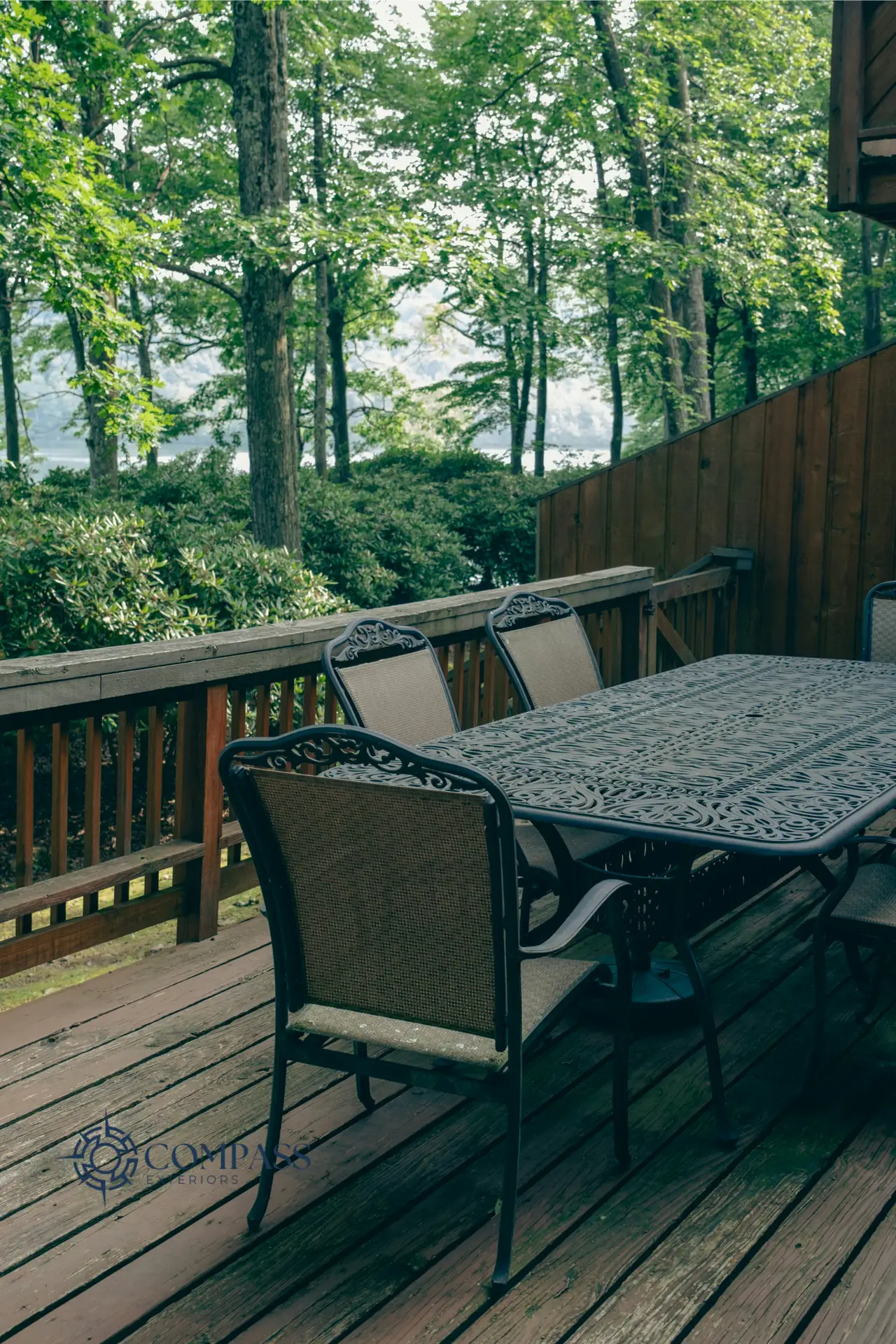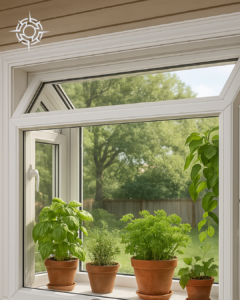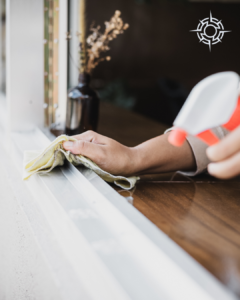The deck is more than just part of your home—it’s a stage for family barbecues, a retreat for evening relaxation, and a viewpoint for observing the tranquil dance of nature in your backyard. But what if that deck starts to feel unstable beneath your feet or shows signs of wear? Knowing whether to repair or replace your deck is crucial, not just for enjoyment but for safety and property value as well. This guide will help you navigate the often tricky decision between deck repair and replacement.
Signs It’s Time for a Deck Inspection
Wobbly Deck
A deck that sways or feels unstable underfoot is a clear indicator that something is amiss. Stability is key to deck safety; a wobbly deck could be due to loose or deteriorating foundations or support structures.
Noticeable Deck Rot
Wood rot is a common but serious issue in decks. If you find soft, discolored, or crumbling wood, it suggests that moisture has compromised the integrity of the wood, making it a prime candidate for repair or replacement.
Loose Deck Railings
Secure railings are essential for the safety of everyone who uses your deck. Railings that shake or feel loose could potentially lead to falls, particularly in inclement weather or during gatherings.
Key Inspection Points to Decide: Repair or Replace?
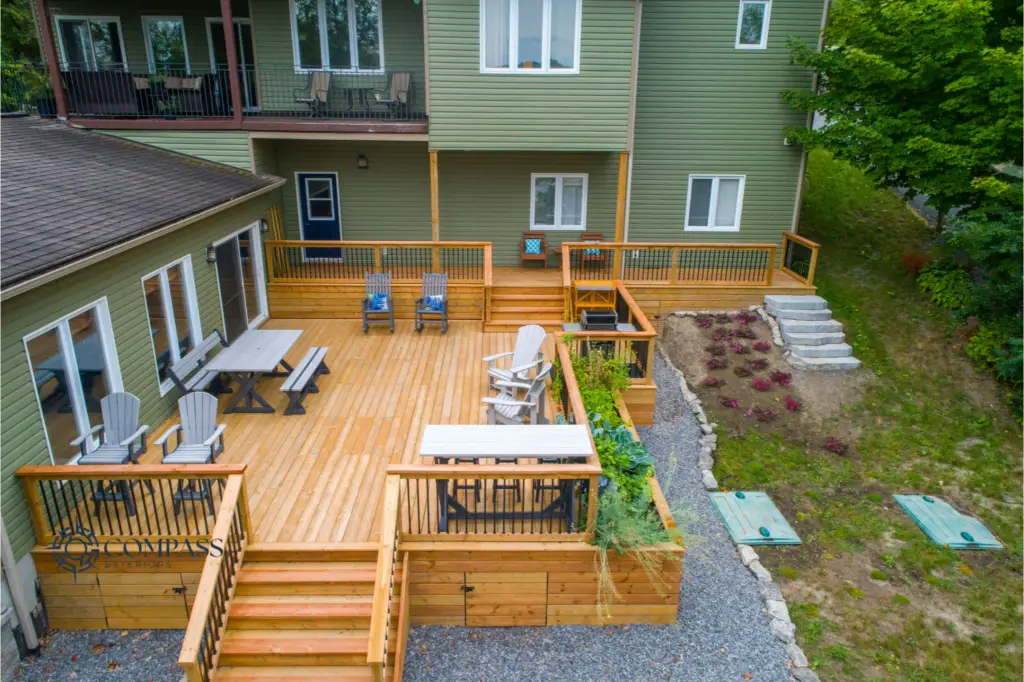
When assessing the condition of your deck, it’s important to conduct a thorough inspection of several key components. Each part plays a vital role in the overall stability and safety of the structure. Here’s what you need to check:
Deck Boards
Start your inspection by examining the deck boards. Look for signs of wear such as cracking, splintering, or rot. Minor issues like a few worn boards can often be replaced individually. However, if the damage is widespread, affecting numerous areas across the deck, this may indicate a deeper structural issue, suggesting that a full replacement could be necessary. Also, consider the age of the deck; older decks might benefit more from a complete overhaul than piecemeal repairs.
Railings
Railings are critical for safety, preventing falls and providing stability. Check each railing segment for sturdiness and signs of wear, such as rust on metal railings or rot in wooden ones. If the railings are loose or the damage is extensive, replacing them might be your best option. For minor issues, such as loose fittings or slight damage to a section, repairs might suffice.
Posts and Beams
These are the main support structures of your deck. Inspect them for any signs of rot, cracking, or splitting. Use a screwdriver to probe for soft spots—this can indicate rot that isn’t visible on the surface. If only a few posts or beams are affected, you might only need to replace those. However, if you find widespread damage, it’s safer to consider a complete rebuild to ensure the structural integrity of the deck.
Fasteners and Hardware
Examine all visible fasteners and hardware, including screws, nails, and brackets. Look for signs of corrosion or rust. Loose or corroded fasteners can compromise the deck’s stability. If you find a significant number of affected fasteners, it might be indicative of overall aging or exposure issues, suggesting that a new deck might be more cost-effective in the long run.
Joists and Ledger Boards
These horizontal pieces provide critical support and help distribute weight evenly across the deck. Check for any signs of detachment from the house, rot, or structural damage. Problems in these areas can be serious and may require extensive repairs or a complete replacement to ensure safety.
Stairs
Inspect the stairs carefully, as they are often the first parts of the deck to show wear due to frequent use. Check for loose boards, shaky handrails, and overall stability. Issues here can be indicative of problems with the deck itself.
Flashing on Home
Flashing prevents water from seeping into the house where the deck connects to the building. Inspect the flashing for gaps, rust, or detachment. Faulty flashing can lead to water damage inside your home, so it’s crucial to address any issues promptly.
Footings
Finally, check the footings, which anchor the deck to the ground and provide a stable base. Look for signs of sinking, cracking, or movement. Stable, solid footings are essential for a safe deck; compromised footings can threaten the entire structure.
By carefully inspecting these components, you can make an informed decision about whether to repair or replace your deck. If you’re unsure about the condition of any part, it might be wise to consult with professionals like those at Compass Exteriors Remodeling, who can provide expert advice and services.
When to Consider Deck Material Upgrades
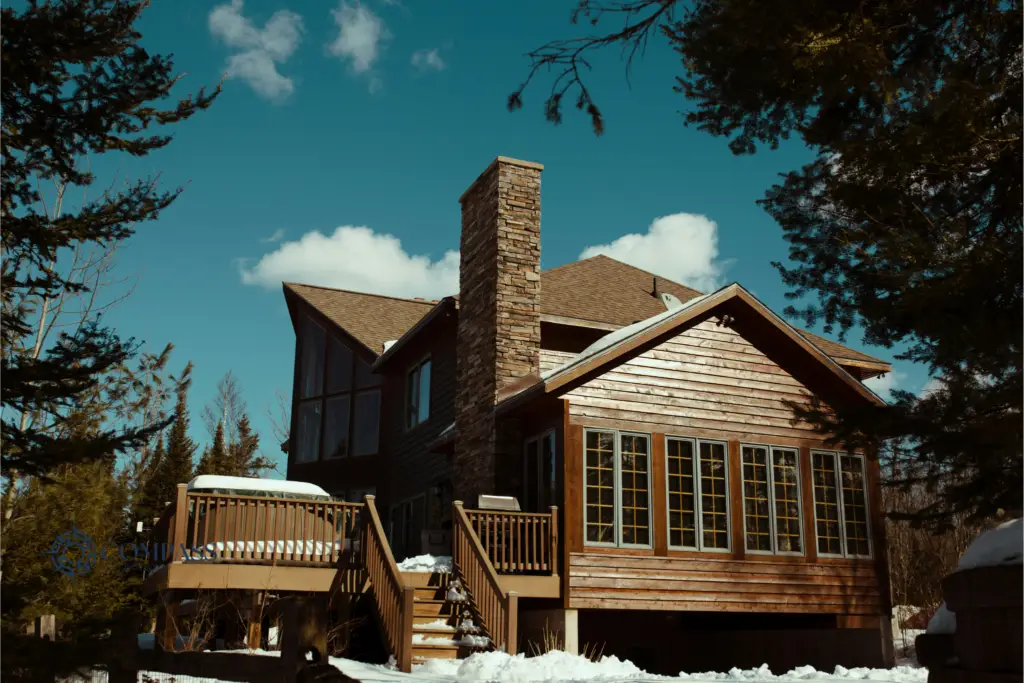
Upgrading from traditional wood to composite decking can significantly enhance your deck’s durability and reduce maintenance needs. Composite materials resist fading, staining, and rotting, unlike wood, which requires regular staining and sealing. Additionally, composite decking is not prone to splintering or warping, making it a safer choice for families. The initial cost might be higher, but the longevity and reduced upkeep of composite decks provide a worthwhile return on investment. For those looking for a long-lasting, low-maintenance solution, upgrading to composite decking is a smart decision.
How Compass Exteriors Remodeling Can Help
A reliable and safe deck not only enhances your home’s outdoor experience but also ensures the safety of everyone who enjoys it. Compass Exteriors’ deck building team, we understand the critical nature of a well-maintained deck. Our team of experts is equipped to provide professional inspections that determine the best course of action, whether it’s a minor repair or a full replacement. We specialize in both traditional wood decks and low-maintenance composite decking solutions, tailored to suit your specific needs and preferences. Don’t let deck problems compromise your home’s safety and value. Contact Compass Exteriors Remodeling today, and let us help you secure a safe and enjoyable outdoor living space for years to come.

